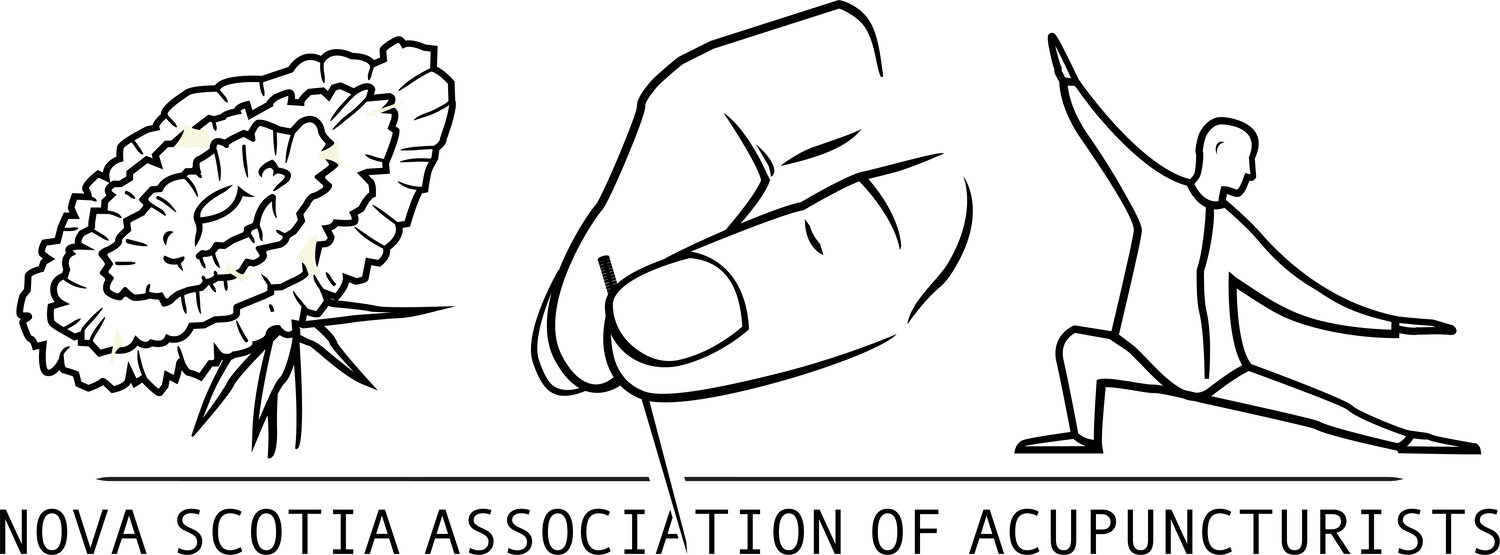Acupuncture is part of an ancient system of healing developed over thousands of years ago. It is part of the traditional medicines of China, Japan, Korea, India and other Eastern countries. The earliest records of acupuncture date back over 3,000 years and today there are over three million practitioners worldwide..
Basic Principles
Using very fine, once-use-only, sterile-stainless needles, an Acupuncturist or Oriental Medicine Practitioner aims to correct the flow of energy in the body by stimulating several acupoints. Officially, there are 409 acupuncture points on the body. Each acupoint is responsible for regulating internal and external functions. When the body becomes diseased, this is a sign of imbalance and acupoints can become tender to the touch, change in temperature or even change colour. This is all of diagnostic value to a practitioner.
Acupuncture points are located on channels (also known as meridians). They can be thought of as channels of water. Just as if a tree has fallen and dammed up a river, disease/disharmony can result if the acupuncture channels are blocked. The cause of these blockages can be caused by several factors including, but not limited to:
- injury/trauma,
- catching a cold or flu,
- infection,
- internal organ problems,
- poor dietary choices,
- inactivity and/or overwork.
It is the Acupuncturists goal to not only stimulate the body to rebalance itself (and therefore heal itself) in regards to the chief complaint of the patient – but fuel a holistic change for the better. This is done by looking at the patient as a whole person to see how their chief concern is related to other signs and symptoms that are present.
Often, just as many branches on the same tree are fed by one root system, the body’s signs and symptoms are closely related. As holistic practitioners, Acupuncturists put their patient’s symptoms together, along with other diagnostic methods such as looking at the tongue and checking the wrist pulse, in order to paint a picture of how the entire body is functioning.
Other techniques
Other techniques may also be used such as
For more information on any of these techniques please click the links above.
